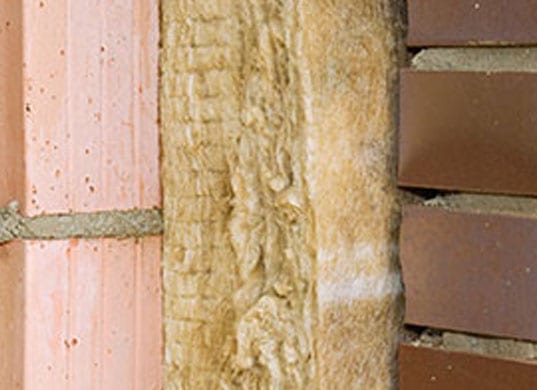How It Works
It does so by trapping air within the fibres and layers and the larger the temperature difference between the inside and outside of the building, the faster the building will lose heat in winter and gain it in the summer. It slows the heat transfer by convection, conduction and radiation. The thicker the insulation the more energy can be saved.

Warning
A possible side effect of increased insulation in lofts is condensation and mould growth so you ensure the roof ventilation is adequate by fitting vents to eaves, tiles or brickwork.
There are different types and many many different makes all with differing thermal abilities and cost. It is important to choose the right one. For example, if you are going to make use of your loft for storage, a foam/polystyrene one would be the right choice or between the rafters a rigid but compressible board with a vapour barrier offering a 20/30mm compressible margin to ensure a tight fit and ease of installation.
The most common ones are:
Mineral wools are the most popular but be careful of the sheep’s wools as moths and other insects love it and every few years you have to treat it with insecticides and that’s not very “green”. Polystyrene foam has good compressive strength and the multi-foil is a relatively new space saving invention (30mm thick equivalent to 210mm of wool). It is easy to install and non-irritant. All insulations improve acoustic qualities of walls, floors and roofs.







